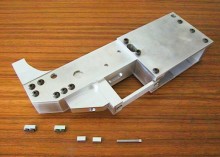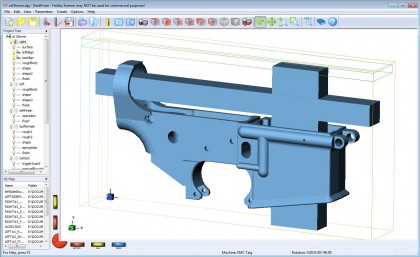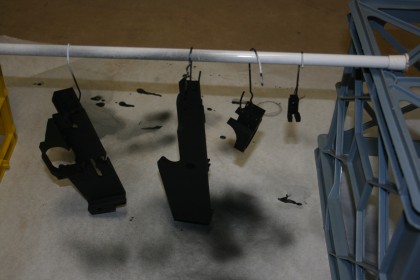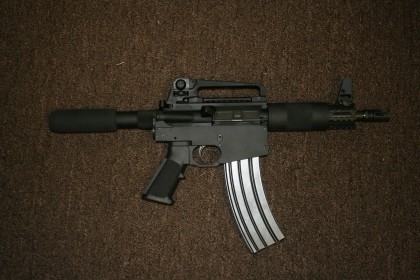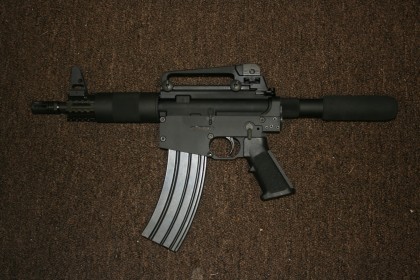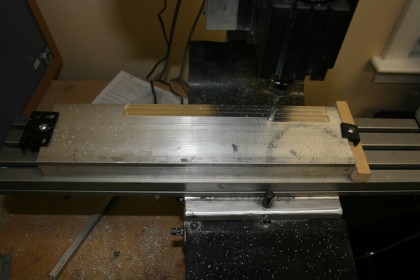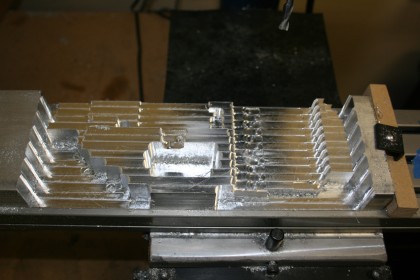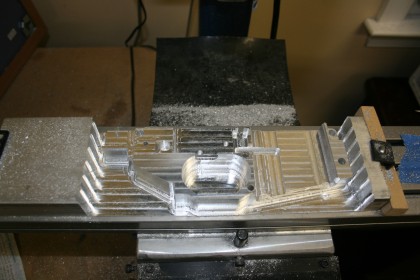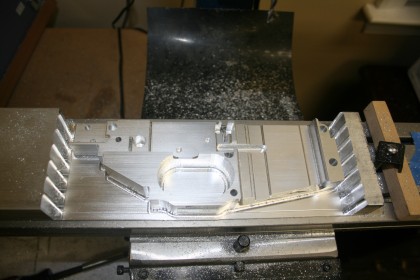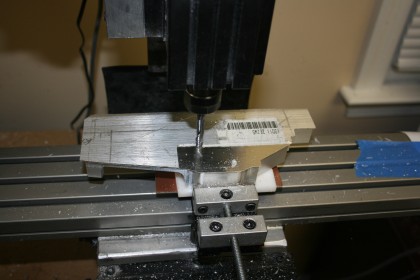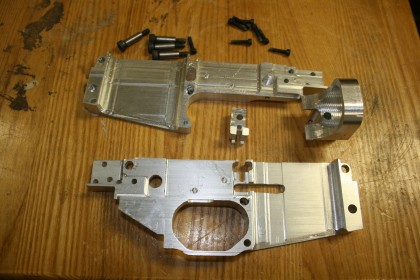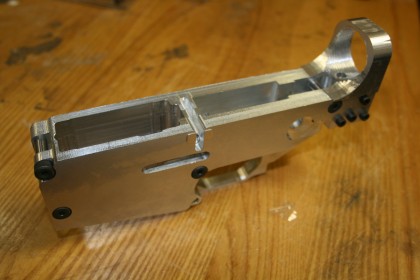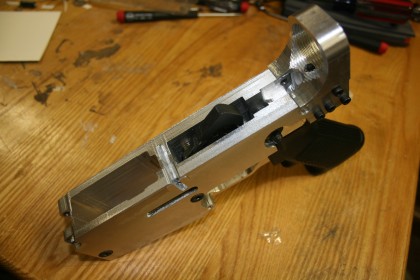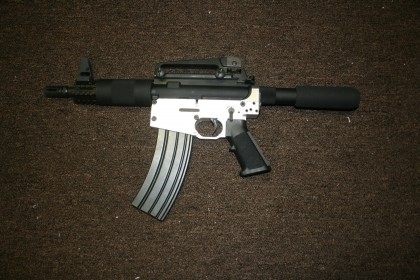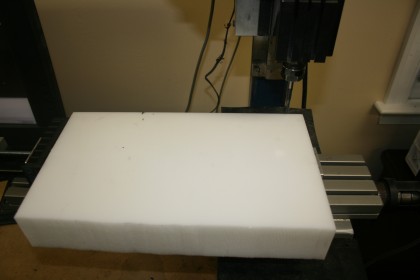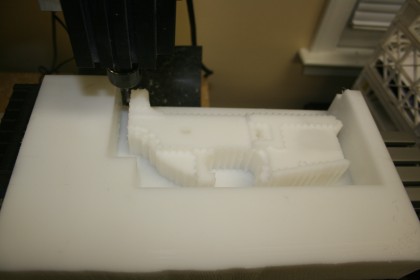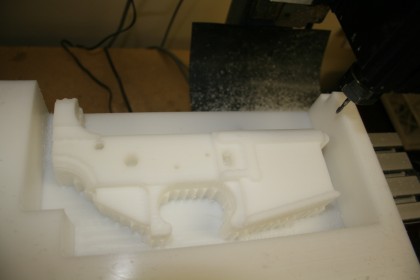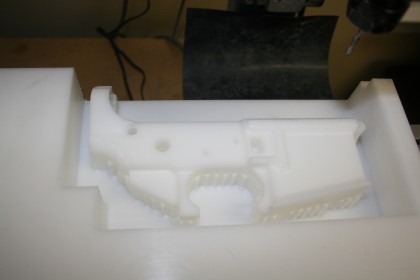Jason and I have discussed the idea of making an entire firearm with the CNC machine. Currently, he’s only made two AR-15 style receivers, which is the part of the gun that is legally considered “the gun,” but the rest of the parts were purchased as parts kits. It is lawful to make your own guns, provided you’re not doing it to sell or transfer them. If you want to do that, you’re considered in the business of manufacturing, and need to possess a Federal Firearms License. The point in the project was to show the folly of gun control, and to have a little fun in the process. While I think some progress has been made in that regard, it still leaves open the argument that the hard parts are still purchased, so clearly a hypothetical person could be stopped merely be restricting parts of guns as heavily as guns.
But really, the only thing that makes a lot of this hard is the legal aspects that already exist. The difficulties Jason has experienced is mostly just in the learning process. He’s not trained as a machinist, and has never tried this before. The goal is to try until success, and that takes trial and error in wasted aluminum and plastic. Once success is achieved, replication would be trivial, but since we’re law abiding here, there’s no need to do that. A one off success is completion of the project.
So what about making a whole gun? The hard part is the barrel. Barrels have to be a hard steel, and hard steel is expensive and difficult to machine. The law also requires pistols to have a rifled barrel. If you do a smooth barrel firearm on the scale that’s easy to do on this small mill, you generally have an NFA firearm, which you can’t just manufacture willy nilly legally. Speaking of NFA, it would probably be easier to design a simple submachine gun than it would be to design a reliable semi-automatic pistol. But again, because we’re law abiding here, that’s off the table.
The idea of doing an entire home-made CNC pistol, with equipment that is within the reach of the hobbyist, is still a pipe dream. For someone who wishes to remain law abiding, it’s risky business not sticking to traditional designs. Criminals would not have this limitation, and thus would have an easier time.

